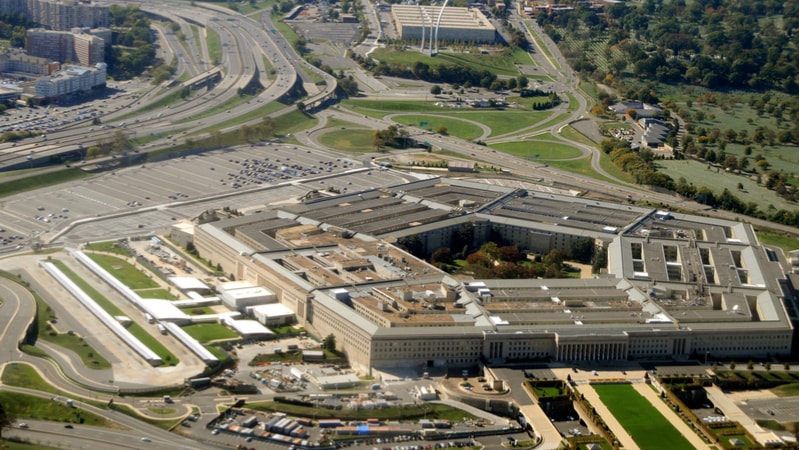
The fiscal year (FY) 2022 National Defense Authorization Act (NDAA) will be brought to the House floor for continued consideration and an eventual vote this afternoon, according to Majority Speaker Steny Hoyer, D-Md. A lesser-known provision of the bill would create a new office at the Department of Defense (DoD) dedicated to studying unidentified aerial phenomena (UAP).
Federal officials have previously pointed at emerging tech as a key to unraveling these mysteries, and this office would look to do just that.
The Pentagon has been studying its handling of UAP sightings – colloquially known as Unidentified Flying Objects (UFOs) – this year and looking at the work of the UAP Task Force established last August. This provision would have the Secretary of Defense work with the Office of the Director of National Intelligence (ODNI) to expand the work of the task force department-wide within 180 days of the enactment of the NDAA, according to the bill’s text.
A preliminary assessment by the ODNI confirmed more than 140 UAP sightings, 80 of which were captured by multiple sensors.
The purpose of the office would be to develop ways to standardize the collection, reporting, and analysis of UFO sightings by the DoD, as well as develop ways to make sure reports from different military departments are collected in a central database.
Not prepared to simply chalk up such sightings to aliens, the office would also be tasked with evaluating any links between UAPs and adversaries, other foreign governments, or nonstate actors. The office would then look to determine what sort of threats the UAPs pose to the nation. The office would also look to collaborate with other Federal agencies and allies on the issue.
The bill would require annual reporting from the office to Congress from 2022-2026, with the first report due by December 31, 2022. In addition to the number of reported sightings for the year and analysis of them, the report would need to analysis of what threats UAPs pose to the nation, whether any sightings have been linked to adversaries, updates on any coordination with allies, updates on efforts to capture and exploit any discovered UAPs, and more.
The bill’s enactment – if this provision holds intact – would signal the end of the UAP Task Force and the beginning of this office picking up its work on the issue.
